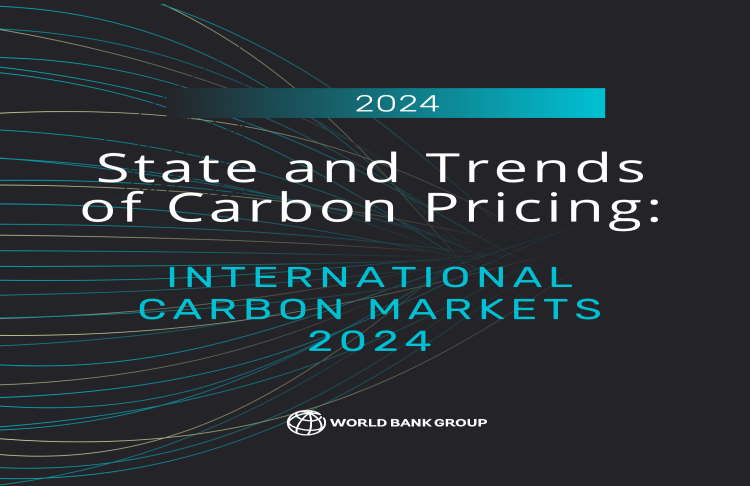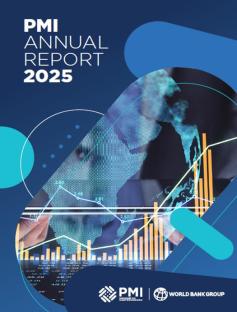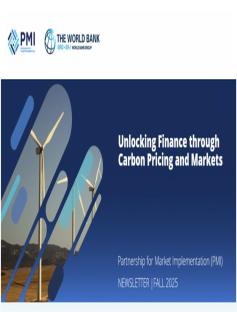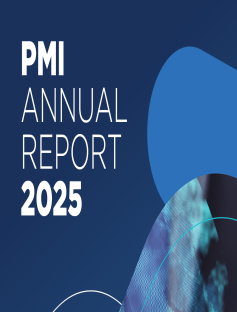Originally published at the World Bank’s blog Development and a Changing Climate:
Carbon markets are essential for accelerating climate action in developing countries, where climate finance needs far exceed available resources. By providing a channel to mobilize necessary funding and deliver real, additional emissions reductions and removals, carbon markets can help close substantial investment gaps. Moreover, they support broader economic development through associated co-benefits and the potential reinvestment of carbon revenues. As such, carbon markets can be a vital tool for achieving climate goals and supporting vulnerable communities.
Carbon markets can be a vital tool for achieving climate goals and supporting vulnerable communities.
These markets are at a pivotal moment, where the path forward is filled with both promise and challenges. On the one hand, efforts to enhance trust in the supply side of the market have shown encouraging progress, instilling a sense of optimism about the environmental integrity of carbon credits. However, the demand side of the market is still working towards overcoming inconsistent guidelines, regulations, and divergent priorities among stakeholders.
Addressing the climate crisis continues to be a critical priority for both countries and corporations. A clear, coherent framework and policies around supply and demand for carbon credits is therefore critical. While regulations are advancing, they vary in speed and scope, often lacking alignment, which complicates an already complex landscape. Companies, increasingly engaged in sustainability, urgently require clarity on how carbon credits can support their initiatives, including the regulation of environmental claims and guidance for corporate net-zero transitions.
Upcoming revisions to Nationally Determined Contributions (NDCs) present an opportunity for countries to articulate more clearly the role they see for international carbon markets, so that both sovereign and private buyers and sellers of carbon credits can understand how to leverage carbon markets to advance their climate goals.
Further, the recent United Nations climate change negotiations in Bonn (SB60) laid the groundwork to advance discussions on Article 6 at COP29 at Baku, and it signaled readiness among Parties to engage constructively on the outstanding issues. COP29 presents a crucial opportunity to reach a successful conclusion on outstanding issues, which will be vital to maintain momentum.
Acknowledging the crossroads of possibilities, this second edition of “State and Trends of International Carbon Markets” reviews the status of the carbon market and delves into the bottlenecks currently impeding growth.
Acknowledging the crossroads of possibilities, this second edition of “State and Trends of International Carbon Markets” reviews the status of the carbon market and delves into the bottlenecks currently impeding growth. The urgency of addressing these issues cannot be overstated. The decisions made today will shape the future of our global climate efforts and unlock the potential of carbon markets to channel climate finance to developing countries and drive meaningful emission reductions. The time for increased action is now.
This blog was published as the foreword to "State and Trends of Carbon Pricing: International Carbon Markets 2024". The report was published during Innovate4Climate 2024, the World Bank’s flagship climate event, which this year focuses on carbon markets and carbon pricing.




